Free Plagiarism Checker for Students

.doc, .docx, .txt


How It Works?
Meet Our Free Checker For College Students
Paperell plagiarism checking tool suits all types of papers and degrees. It also can work with any subject and any volume of text.
An important point to note regarding our free online plagiarism checker is the quality of verification used. Using our detector with percentages, you can check how much of your assignment is unique. Unlike our offering, not all plagiarism checkers are qualitative, and not all show good and honest results. This gives learners a false sense of confidence in their work and they submit it as it is. The problem arises when their institution uses better programs to discover plagiarized content and parts of the essay get highlighted and put the writers in trouble.
Thanks to our accurate results, customers can test their work or the essays they bought from another author to know for sure if the work was done well instead of being copied. Thus, getting plagiarism free essays is now easier than ever! Our Paperell checkers are free for all clients, so everyone can check their texts.
How to Check For Plagiarism?
It used to be quite difficult to check if you have any plagiarized portions in your work before the internet became so common. Manually skimming through your sourced papers to check if you’ve wrongly copied something without attributing the actual authors would be highly time-consuming. Now, however, you can simply head online, paste your text into a program, and get detailed results in a matter of seconds.
Our plagiarism checker has very helpful and intuitive features. One of these is the ability to download the report in case you need it for offline use. You can also find a research paper for sale, in case you need one. Using a plagiarism check also comes in handy to prove at a later point that you did detect plagiarized words in your essay, but then worked hard to ensure that you remove them from the final version. This would be helpful if your professor doubts the uniqueness of your assignment, and you need to show some sort of proof of the changes you made.
How Does Our Free Plagiarism Checker Work?
The semantic analysis of a text is based on the search for coincidences in the system. The goal is to find similarities that your text has with others. The program divides your work into separate segments and then searches for matches on the Internet in each segment. It also tracks references to relevant documents, highlights them for the author, and issues a comprehensive report on the processed paper.
A 100% uniqueness value of the text on free online plagiarism checker for students is a rather arbitrary value. So, due to the specifics of the design, the same student papers cannot have original content above 95%. In any case, the calculated value is not the absolute 100% truth. It can only indicate the level of language of the essay’s author, his/her ability to process and provide original information, and the lack of other people’s texts in his/her works in their original form. Sometimes, a nice way to avoid plagiarism is to buy college essays online from a reliable resource. This way, you ensure you get plagiarism-free work written by a professional.
Before an originality checker, to make sure that your assignment is actually original and differs from others, it would have been necessary to do a truly titanic amount of work to find similar texts and manually compare them with your own. But with the advent of the Internet, it has become possible to use search engines for these purposes. They can provide accurate information about all sources of such text. And today, in place of this method, a plagiarism checker has been created to track the degree of uniqueness of any document. Paperell plagiarism tool for students is one such piece of software, and we are responsible for its accuracy and for ensuring the correctness of your work. You should use it every time before submitting an essay for your university, school, or college. Remember that when you’re a part of any higher education institution, your work shouldn’t be plagiarized if you are to pass your class and get a grade that’s good enough.
Why Plagiarism is a Problem?
Imagine being someone who has spent weeks or months researching a topic and finally publishing a paper on it with your name. Now imagine how you would feel when you see someone else take credit for all your hard work, even your words, just because they decided to copy everything you’ve done and present it as their own. This is what plagiarizing someone’s work means. It is essentially intellectual property theft that many learners don’t take seriously.
When you plagiarize something, you’re not only stealing someone else’s work, but also lying to your professors. On top of that, you’re not learning anything in the process, which will only hurt you later on in your career. Some college-goers also suffer from unintentional plagiarism by failing to paraphrase sentences or forgetting to add proper citations.
This is where a free plagiarism checker for students and teachers comes into play. Generally, when you’re hiring the website that writes essays for you, there won’t be a problem with plagiarism. But whether you’re writing your work on your own or using some extra help to write my research paper, using a plagiarism-detecting service is a necessary thing to do.
Main Types of Plagiarized Work
Many writers don’t know that there is more than one way of plagiarizing someone’s work. It is not just copying someone’s text directly. Instead, it can take many forms, each of which is crucial to avoid when creating academic tasks. Here are the main types one should be wary of:
- Complete: This is when you copy someone’s entire work and present it as your own. This is also referred to as intellectual theft, making it the most obvious and serious type of copying.
- Source-Based: Source-based plagiarism takes place because of the information’s origin. You may not cite an origin for the info you’ve used at all, for example. Or the cited origin may not have the info you’ve included. The cited data may also be deliberately changed to suit one’s needs. Another example of this is creating data that is false just to cite it in a paper.
- Direct: Direct copying refers to taking credit for a part of someone else’s writing. For example, taking some sentences from another place and pasting them as your own, word-for-word, would be considered direct copying.
- Self or Auto: Self-copying is when you use your own previous work or a part of it in your new text without citing yourself as the origin. This is just as bad as other kinds of plagiarized content but most writers don’t take it as seriously.
- Paraphrasing: A lot of writers think that if they paraphrase someone else’s words or rewrite their text, there’s nothing wrong with it. However, this is also a kind of copying because the research and analysis behind the actual author’s work don’t change just by changing the words slightly.
- Misleading Attribution: Giving someone credit for a paper who hasn’t worked on it or not giving someone their due credit are both examples of misleading attribution. You may not think that this leads to plagiarized work but it does.
- Mosaic: Interlaying someone’s text into your own to make it difficult to detect that you’ve copied their words is known as mosaic copying. This is done intentionally and can lead to serious consequences when detected. While there is a degree of mistake in some other kinds of copying, there really isn’t much doubt in mosaic copying that the writer has done it on purpose.
- Accidental: Accidental copying is very common and is the result of being careless. You may be found guilty of plagiarizing, even if you haven’t intended to do so. This is why it is crucial to include the right citations and links to all the information you’re using.

